Editor’s Note: We’re hosting a conversation on Markaz on the Iranian nuclear talks, debating the merits of a deal, as well as the broader issues at stake for the United States and the region.
On the heels of historic developments at home, the Obama administration found its attention drawn to the world, where the Greek default threatens and openings to Cuba and Iran beckon. For the White House, the prospect of a nuclear deal with Tehran inspires hopes of a foreign policy legacy as consequential — and at least as controversial — as President Obama’s domestic policy accomplishments on universal health care and gay marriage that were reaffirmed by recent Supreme Court decisions.
After multiple extensions, the negotiations on Iran’s nuclear program have officially overrun the eleventh hour. Last week, the day that was to be the final deadline passed without a resolution, and the two sides’ decision to extend the talks for an additional seven days has already proven insufficient. But even as they disregard the deadlines, both sides seem to be bargaining with an eye toward the calendar. Continuing the process beyond July 10 will trigger a longer review period for the deal on Capitol Hill under legislation that gives Congress authority to hold an up-or-down vote on any accord with Iran. For now, neither Washington nor Tehran appears ready to blink.
With the process now in the equivalent of triple-overtime, it seems an opportune moment to step back and examine the issues at stake. The debate over the negotiations and their prospective outcome has raged since the beginning of the breakthrough diplomacy with Iran two years ago, and the approach of the self-imposed time limit for the talks only intensified the arguments over an agreement. Should negotiators succeed in finalizing an accord, it will only sharpen the divisions within Washington and around the world.
At its core, the contention over the Iran nuclear deal converges around five broad themes. These issues will frame an ongoing conversation among Brookings scholars and affiliates throughout these final days of talks and through any congressional deliberations.
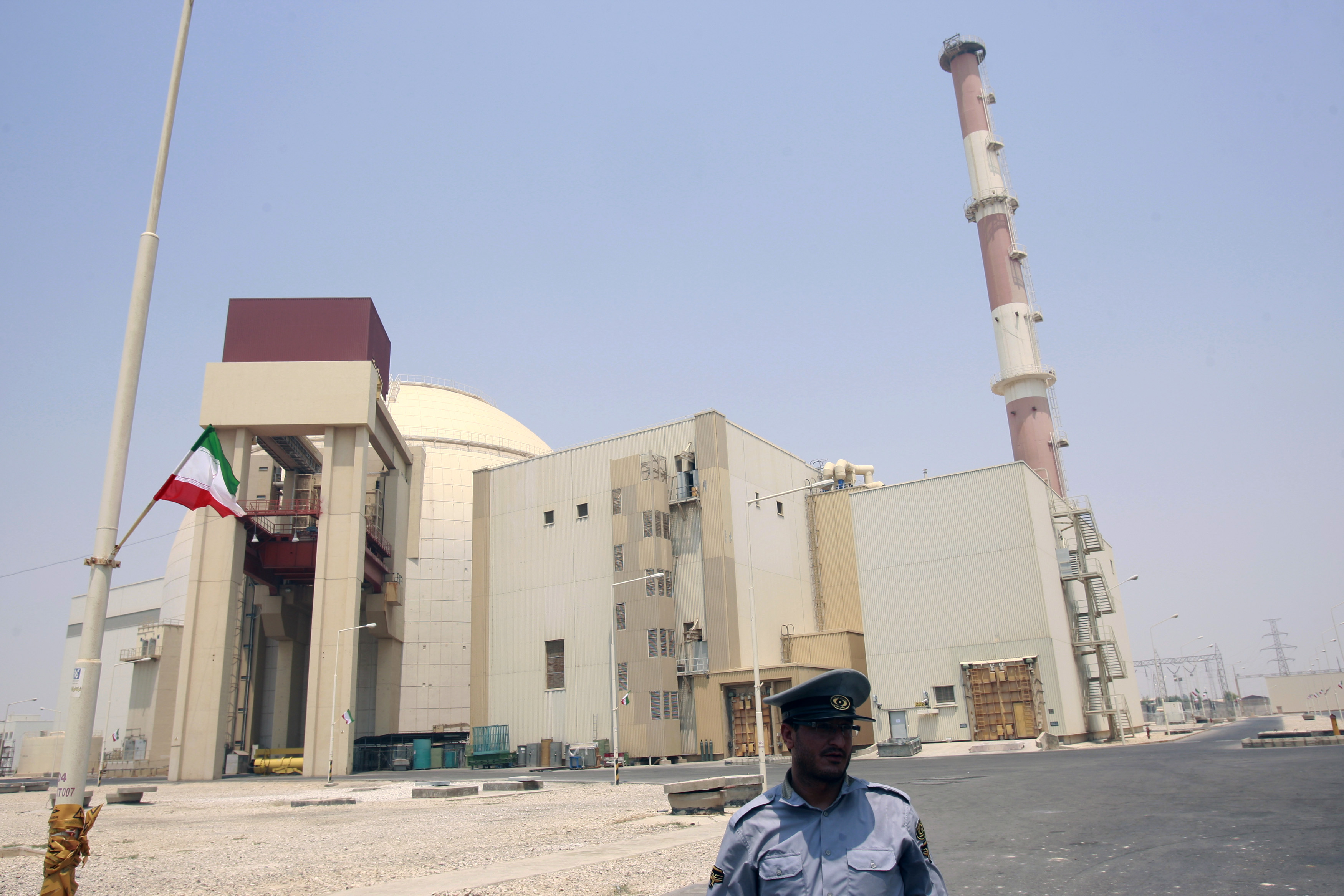
Issue 1: Extending the timeline for an Iranian nuclear ‘breakout’
Simply put, this long-running diplomatic initiative is intended to preventing Iran from developing a nuclear weapon. But devising the most effective, secure framework for achieving that outcome has proven far less simple.
Iran’s leadership has sought to preserve as much of the country’s nuclear infrastructure as possible, ostensibly for civilian purposes. Washington and its international partners assessed that the wholesale elimination of Iran’s nuclear capabilities was a non-starter — a decision that may have helped persuade Tehran to return to the negotiating table but one that remains deeply contested within Washington and the region. This controversy underscores the laborious attention to the technical minutia in the talks; the Islamic Republic’s history and current policies induce deeply-rooted skepticism about its intentions, and only the most iron-clad restrictions can forestall its nuclear future.
The talks have focused on devising a formula for extending Iran’s breakout time — the duration required to amass a single bomb’s worth of weapons-grade nuclear material — from its current 2-3 months to at least one year. In addition, the P5+1 has pressed for stringent monitoring and verification mechanisms to provide maximum transparency throughout Iran’s nuclear industry.
But persuading Tehran to accept these provisions has proven a grueling slog. When Tehran balked at destroying or dismantling its infrastructure, Washington put forward creative proposals to overcome the deadlock while enabling Iranian leaders to avoid the perception of capitulation.
Finally, after more than a year of negotiations that culminated in a spate of all-nighters, the two sides managed to craft the components of a comprehensive deal in early April. This ‘framework understanding’ contained specific limitations on enrichment levels, centrifuge numbers and types, and permissible research and development, as well as a cap on Iran’s stockpiles of low-enriched uranium. Also resolved were measures to block other pathways to nuclear weapons capability, including a reconfiguration of the Arak plutonium reactor, and sunset dates for the various provisions, ranging from a decade to as long as 25 years.
Some, including former U.S. negotiator Robert Einhorn, hailed the framework agreement as the basis for solid deal, while others castigated what they saw as dangerous compromises on residual enrichment capacity and the deal’s duration. And as Einhorn noted after its announcement, the framework left an array of “critical questions unanswered,” including mechanisms for resolving concerns about the possible military dimensions of Iran’s past nuclear work. Compounding the sense of unfinished business were the inconsistent narratives of what had actually been resolved, as public rhetoric from senior Iranian leaders appeared to contradict commitments made by their negotiators.
If and when a final deal is reached, the text and its copious technical annexes will be the subject of exhaustive scrutiny. Have the outstanding differences been resolved? Have the unanswered questions been clarified? How have disputes over access to military bases been settled? What mechanisms will be established to address issues that will inevitably arise about each side’s implementation of their obligations under the agreement? In the end, the central test of any Iran deal hinges on the technical provisions: has Washington achieved its fundamental objective, preventing Tehran from crossing the nuclear threshold? Watch this space for more discussion on the specifics if a deal is announced.
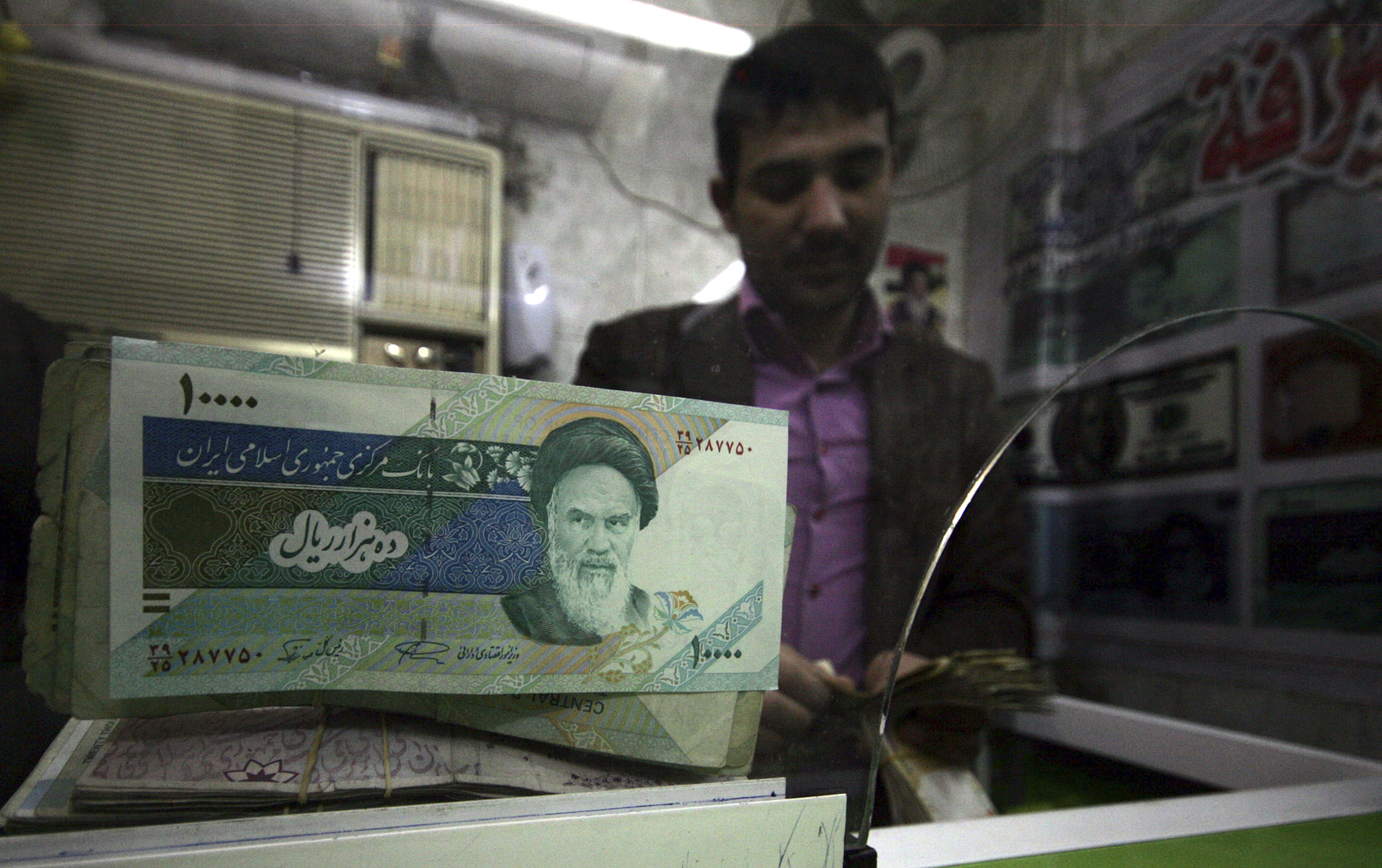
Issue 2: Easing economic sanctions on Iran
While the focus on the technical parameters of a nuclear agreement is driven by concerns about the sufficiency of Iranian concessions — did the P5+1 get enough? — the flip side is the issue of sanctions relief, where the debate centers on whether the P5+1 will give away too much, too quickly to Tehran.
From the start, the negotiations have been predicated on the use of sanctions relief to persuade Iran to concede its nuclear ambitions. Accomplishing this, however, is not entirely straightforward. While sanctions are a frequently deployed instrument of U.S. policy, their application as bargaining chips to extract specific concessions from the target state has only the most sparse and inauspicious track record. And, as the past two years have demonstrated, navigating the interlocking web of domestic and multilateral measures makes this at least as complicated as the technical aspects of any bargain.
Until recently, these technical issues overshadowed the haggling over financial arrangements. That is no longer the case; for the past six months, Iranian leaders have increasingly shifted their rhetoric to emphasize sanctions instead of centrifuges. Meanwhile, opponents of the deal have begun to raise the alarm about the implications of a financial windfall to a regime that remains engaged in destabilizing policies.
Tehran has learned the hard way that on sanctions, the details matter. Iranian leaders traditionally dismissed sanctions as irrelevant or even constructive for cultivating self-sufficiency. The past five years has undercut this sanguineness, thanks to changes in energy markets and the increasing efficacy of U.S. measures to deter third-country business with Iran. Tehran again overestimated its hand on sanctions in the November 2013 interim deal with the P5+1. That agreement’s relatively limited sanctions relief helped boost oil exports and some other sectors, but failed to generate substantial new investment or erode the broader sanctions regime.
In response, Tehran has adopted an increasingly tougher line on the specific arrangements for easing economic restrictions in any final accord. Playing the sanctions card publicly also enables Iranian negotiators to bolster popular support for a deal — or, conversely, any collapse in the negotiations — at home. And it serves a tactical purpose at the negotiating table, as the future framework for economic interaction with Iran presents unavoidable divergence within the P5+1 coalition.
The structure, sequencing, and scope of economic relief in any deal will be dissected by both sides, with particular attention toward how the deal navigates U.S. measures that transcend the nuclear issue. Washington will have to walk a fine line in crafting an agreement that ends the application of nuclear-related sanctions while retaining the array of measures related to terrorism, human rights abuses, and other differences.
Tehran’s insistence on “immediate” sanctions relief can be resolved, so long as both sides muster sufficient political will to endorse creative nomenclature for the agreement’s phasing. Still, if the most significant aspects of sanctions relief — such as the release of at least $100 billion in overseas assets, the removal of European restrictions on oil imports and energy investment, Iran’s reinstatement under the SWIFT electronic payments service — are front-loaded and tied to early-phase Iranian commitments, this will play into concerns about the durability of the deal.
More complicated is the politics around automatic re-imposition of economic restrictions — “snapback” — in the event of Iranian noncompliance. Russia and China have resisted any provisions that could undermine their UNSC veto authority, and Tehran has sought to eliminate conditionality surrounding sanctions relief in hopes of achieving a secure environment for long-term investment. But clear, viable snapback authority represents a central requirement for Obama to sell any deal to a Congress that is deeply skeptical about relinquishing the most consequential instruments for influencing Iranian policies.
One final uncertainty for sanctions concerns implementation. Five years of wide-ranging restrictions and rigorous enforcement, including numerous multimillion dollar penalties, has induced over-compliance by many firms. The ambiguity entailed in the unraveling of sanctions may compound this problem. Should Tehran’s buoyant expectations for a post-deal boom prove overly optimistic, will that erode its leaders’ commitment to upholding the bargain? More on that issue tomorrow in this same space.
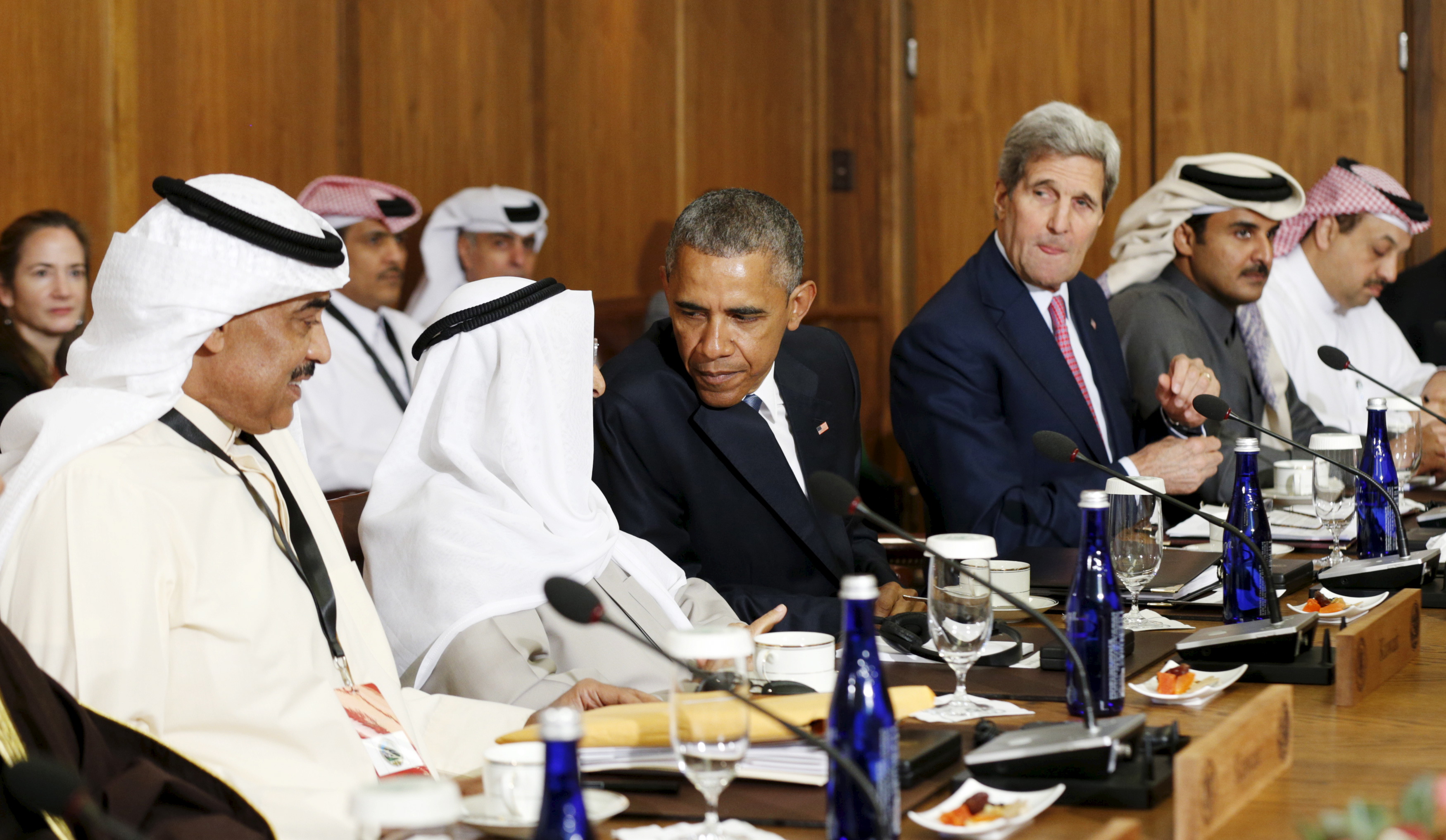
Issue 3: Implications of a deal for the broader Middle East
Much of the debate over the Iran deal is fueled by matters outside the mandate of the negotiations and that any final agreement will not address. In particular, the array of concerns about Iran’s regional policies are explicitly excluded from the talks. However, concerns about how a nuclear deal will influence Iran’s approach toward its neighbors, and how they in turn may respond, loom large over the process and its prospective outcome.
This controversy is effectively retrospective; the decision to dissociate the nuclear impasse from the other problematic aspects of Iran’s foreign policy dates back to the George W. Bush administration. Its 2006 establishment of the P5+1 platform for negotiating with Tehran on its nuclear program was intended to provide a compelling vehicle for persuading Tehran to abandon its nuclear ambitions. The negotiations’ exclusive focus reflected the unusual international consensus surrounding the role for diplomacy in resolving the nuclear crisis — consensus that did not then and does not now extend to other aspects of the Iranian challenge.
However, by the time the negotiations began to gain traction after seven largely unproductive years, the regional context had deteriorated, even as compared to its relatively dire state at their start. The ruinous Syrian civil war, which Iran has played a central role in perpetrating, has wrought a massive human toll and left an alarming vacuum of legitimate authority in the heart of the Arab world. That conflict and its proximity to Iraq’s ongoing anomie has given rise to new forces that have exploited the sectarian fault line to widen the chaos with brutal efficiency. Meanwhile, American vacillation in the face of unexpected upheaval and subsequent reversals in Egypt and elsewhere inspired a not wholly baseless narrative of Washington’s retreat from the region. Tehran has profited from the chaos, moving in characteristically opportunistic fashion to expand its influence in Bahrain, Yemen, and other contested Arab capitals.
In this charged arena, direct bilateral diplomacy and the prospect of a nuclear accord exacerbated the region’s insecurities. For this reason, leading Arab states see the negotiations as evidence of American accommodation of Tehran’s regional trouble-making. The deal’s text is almost irrelevant to this perception, although some provisions — such as the American insistence on preserving the conventional arms embargo that was originally established under the 2010 UN Security Council resolution — could assuage regional anxieties along the margins.
For the most part, however, the regional fallout will not be addressed by the negotiations themselves, and for the moment, it has generated a largely speculative debate. How will Israel, whose prime minister Benjamin Netanyahu has become the most vehement voice of opposition to the deal, respond if the negotiations finally produce an accord? Will Saudi Arabia and other regional states feel compelled to follow suit with indigenous enrichment programs, and do they have the capacity to do so? How much of its sanctions-relief windfall will Tehran invest in strengthening regional proxies and stepping up the tempo of its military operations in Iraq, Syria and elsewhere? Can a nuclear agreement serve as a springboard to broader American-Iranian cooperation in the fight against the so-called Islamic State, or will the conclusion of the negotiations revive bilateral tensions over the two countries’ inherently dissonant agendas?
The debate has already been engaged within the halls of Brookings. Not long ago, my colleague Kenneth Pollack offered a detailed set of predictions about Iranian foreign policy after a nuclear deal, surmising that a broader U.S.-Iranian rapprochement was unlikely to evolve, that Iran’s options for additional intervention are relatively limited, but concluding that more activist deterrence by the Arab states in the Persian Gulf could provoke an unintended escalation of hostility in the region.
Last month, Martin Indyk, Brookings’ executive vice president who held senior posts in the Obama and Clinton administrations, argued in testimony before the Senate Foreign Relations Committee that the regional implications of a nuclear accord should not persuade Congress to reject a deal. Instead, he advocated the development of “a parallel regional security strategy to complement the nuclear deal, one that is designed to counter and neutralize Iran’s regional mischief” and provide strategic reassurance to indispensable American allies in Israel and the Gulf. Expect more in forthcoming commentary and testimony from Pollack, Indyk and other Brookings experts on what a nuclear deal may mean for Iran’s neighborhood and how Washington can manage the ripple effects around the region.
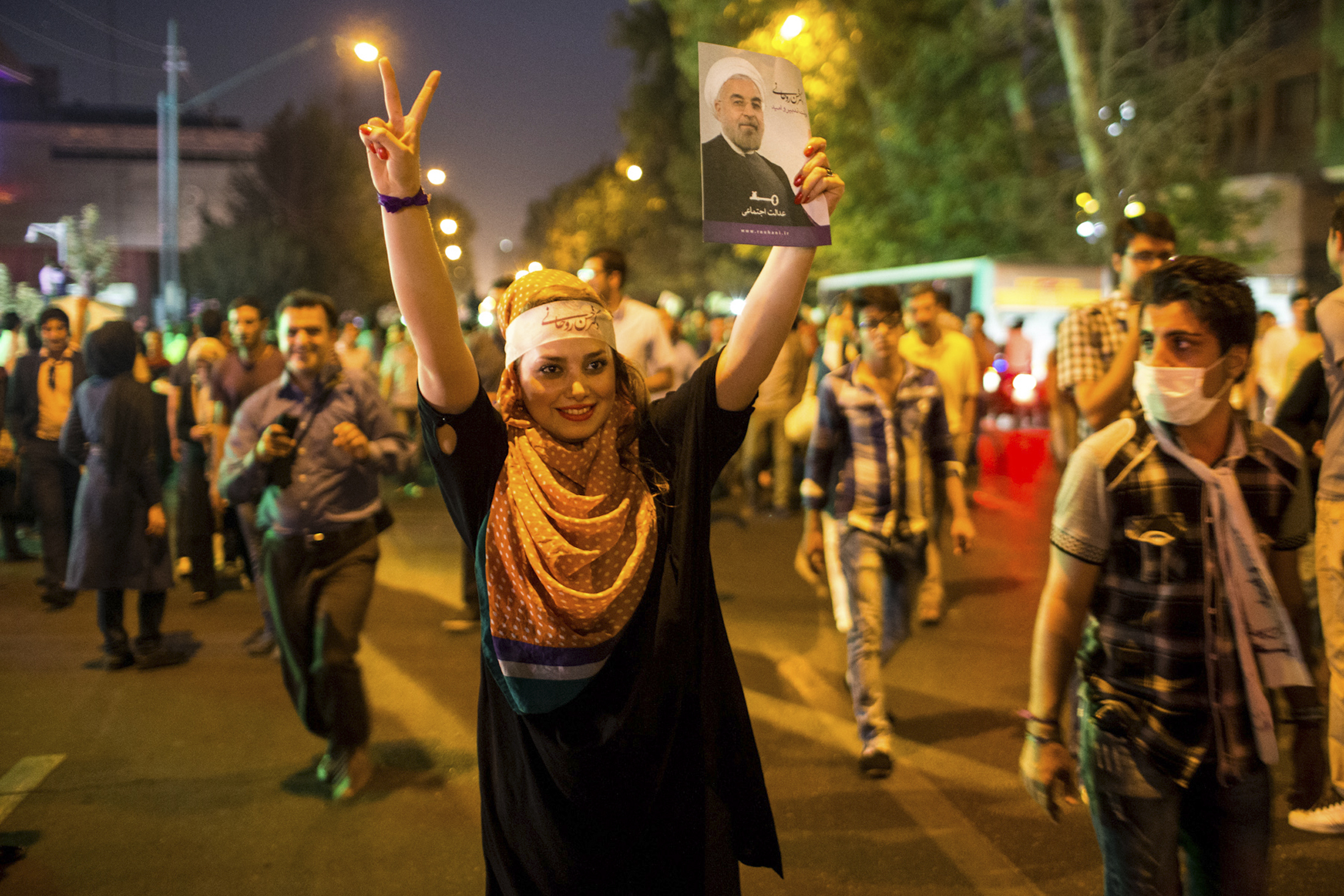
Issue 4: How a deal will shape Iran’s future evolution
The only constituency watching the nuclear negotiations more closely than Iran’s neighbors is its own citizens. Multiple public opinion surveys report (here and here, for example) that Iranians support the negotiations and a prospective deal, even if they do not entirely trust Washington or the international community. (Interestingly, these results mirror similar polling and in-depth surveys of Americans on the issue.) For Iranians, an accord represents the surest pathway toward economic rehabilitation and growth. Corruption and economic mismanagement will persist, but the sanctions have had a tangible impact on their pocketbooks and their opportunities to engage with the wider world, so it’s hardly surprising that they are eager to see a diplomatic resolution to the crisis.
For many, though, a deal portends more than just the possibility of new investment in Iran; it is seen as a prerequisite for preserving a more moderate government and ending the stranglehold of a deeply paranoid, security-centric worldview on its leadership. As University of Denver professor Nader Hashemi contends in a recent essay, the alternative endings to the nuclear impasse — war or simply the perpetuation of the decade-plus long standoff — would almost surely advantage the Islamic system’s hardliners at the expense of its erstwhile reformers. This explains the outpouring of jubilation that greeted the 2013 election of Hassan Rouhani, dubbed the ‘sheikh of diplomacy’ for his prior role in leading the negotiations, and similar street celebrations after an interim accord was announced later that year. And this argument underpins the broad support for a deal among Iranian dissidents, including former political prisoner Akbar Ganji. Others have noted that the diplomacy has helped revive Iran’s reformist movement, which was battered by political marginalization and repression.
These arguments are compelling enough to have become conventional wisdom among many Washington pundits and even, at least in part, President Obama, who suggested in several recent interviews that “it is possible that if we sign this nuclear deal, we strengthen the hand of those more moderate forces inside of Iran.” In his discussion with New York Times columnist Thomas Friedman, Obama insisted that the terms of the nuclear accord are not based on the presumption of a regime change, but he also speculated that trade and engagement would naturally cultivate a more responsible leader, saying that:
“if we’re able to get this [deal] done, then what may happen — and I’m not counting on it — but what may happen is that those forces inside of Iran that say, ‘We don’t need to view ourselves entirely through the lens of our war machine. Let’s excel in science and technology and job creation and developing our people,’ that those folks get stronger.”
However appealing it may be, this narrative is not universally accepted. A number of Iran analysts have predicted that a deal may only enrich and strengthen conservative stalwarts of the current regime, including Iran’s Revolutionary Guard Corps. Texas A&M professor Mohammad Ayatollahi Tabaar has pointed out that Iran’s own debate over the deal may be less about bolstering support for the talks and more about reinforcing “elite cohesion and maintain[ing] the internal credibility and stability of the regime” itself. And Vali Nasr, dean of the Johns Hopkins University School of Advanced International Studies and a Brookings non-resident senior fellow, has suggested that “(I)t is possible the deal would benefit the conservatives — they would get both the benefits of the deal and the political capital. This is clearly the conservatives’ game plan.”
Predicting the future of Iran is an inherently tricky business; the track record of observers in interpreting Iranian politics accurately and anticipating future developments is absurdly poor. But a more nuanced and historically-informed debate is especially needed on this dimension of the nuclear politics, since the nature of the Iranian regime is directly related to the threat posed by its nuclear ambitions.
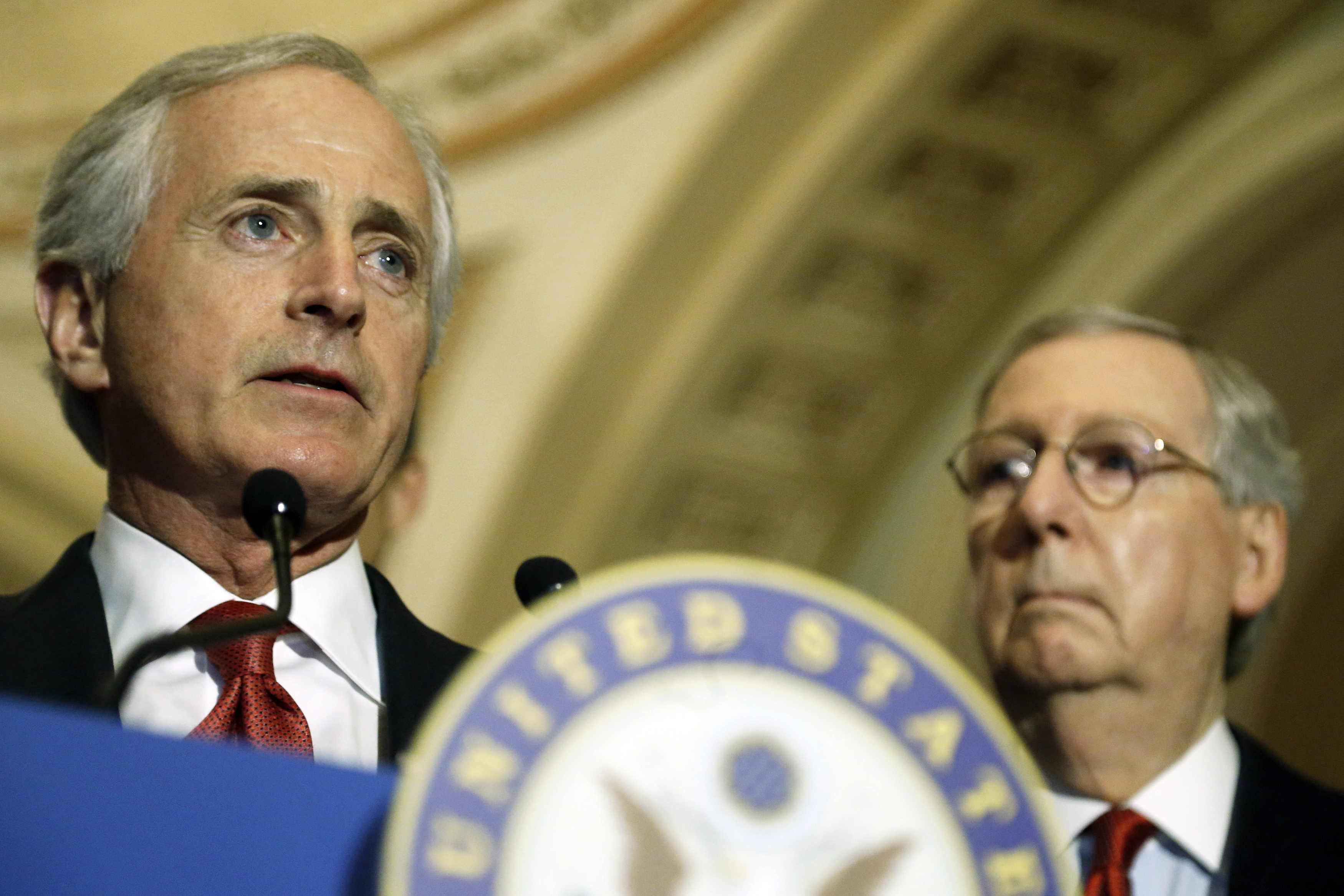
Issue 5: The deal, U.S. domestic politics,
and the 2016 campaign
The final aspect of an Iran deal that warrants serious consideration concerns the implications for American politics. The issue has already become enmeshed in Washington politics, both in the Congress and in the nascent 2016 presidential campaign. Thanks to the tumultuous history of the bilateral relationship, as well as the telegenic villainy of leaders such as regime founder Ayatollah Ruhollah Khomeini and former president Mahmoud Ahmadinejad, U.S. policy toward Tehran has always held a special resonance for American politicians. Whatever the outcome, the negotiations will loom large in any assessment of President Obama’s foreign policy approach and achievements, making the negotiations an even more meaningful opportunity for the candidates who aspire to succeed him to stake out their own approach to the world’s most urgent crises.
These factors have helped create considerable precedent for frictions between Congress and the executive branch over aspects of Iran policy, including the Reagan administration’s covert arms sales to Tehran as part of the Iran-contra episode; the tug-of-war between President Bill Clinton and congressional Republicans over sanctions and regime change; and most recently, the public letter to the Iranian leadership signed by 47 Republican senators that disavowed Obama’s diplomatic efforts toward Tehran.
The Obama administration has struggled to manage congressional activism on Iran; many of the sanctions added during the president’s six years in office — including the most significant, such as the measures targeting Iran’s central bank — emanated from Capitol Hill and initially elicited opposition from the administration. The next round will begin as soon as a deal is reached; the Iran Nuclear Agreement Review Act, first advanced by Sen. Bob Corker (R-TN) and signed by the president in May, empowers congressional oversight and a vote to approve or disapprove any deal. There are varying prognoses on how this is likely to play out, with seemingly diminishing expectations that a veto-proof majority can be assembled to block a deal. As Russell Berman points out in The Atlantic, “(l)awmakers like to talk about asserting their prerogatives a lot more than they actually assert them.”
I’ve argued that Iran’s supreme leader, not the U.S. Congress, represented the real threat to the viability of a nuclear accord. Still, the congressional debate is a wild card that is already skewing the negotiations in a direction unhelpful to the Obama administration. As the talks slip past the July 9 trigger date to extend congressional review from 30 to 60 days, the question of Congress will accentuate the uncertainty during the deal’s crucial early days, when it is most vulnerable to second thoughts or subversion.
All the congressional jockeying around a deal offers important insight into the state of play within and between the parties as the 2016 campaign begins to heat up. William A. Galston, Brookings’ Ezra K. Zilkha Chair in Governance Studies, noted earlier this year that a bipartisan letter signed by 367 House members to the president illustrated “the foreign policy face of a broader contest between self-styled progressives and more traditional liberals and moderates to define the future of the Democratic Party.”
Iran is also featuring prominently in the opening salvos of the 2016 presidential race, in ways that to date provoke more questions than clarity. My colleague John Hudak, a fellow in Governance Studies and editor of Brookings’ FixGov blog, has highlighted the salience of foreign policy in the campaign in a recent discussion hosted by the Brookings Doha Center. Democratic front-runner Hillary Clinton has thus far backed the diplomatic initiative that was led in part by her chief foreign policy advisor at the State Department, but she has also taken pains to maintain a tough line on Iran’s broader role in the region. In the crowded competition for the Republican nomination, the issue of an Iran deal is already eliciting a boisterous debate with real-time implications for the ongoing negotiations, as a number of candidates have already pledged that, if elected, they will not abide by any nuclear pact between Tehran and the Obama administration. That discussion will only intensify if a deal is in fact achieved. Stay tuned to Markaz for more on this issue.
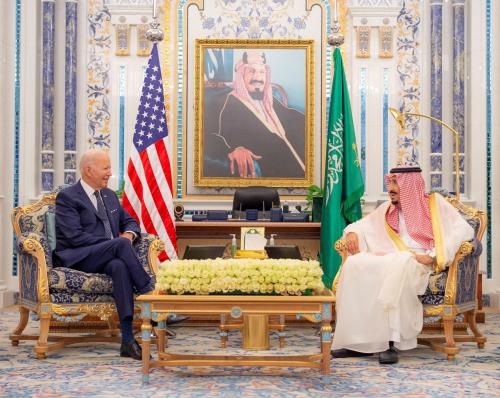

Commentary
Debating the deal: Understanding five core issues at stake in an Iran nuclear accord
July 8, 2015